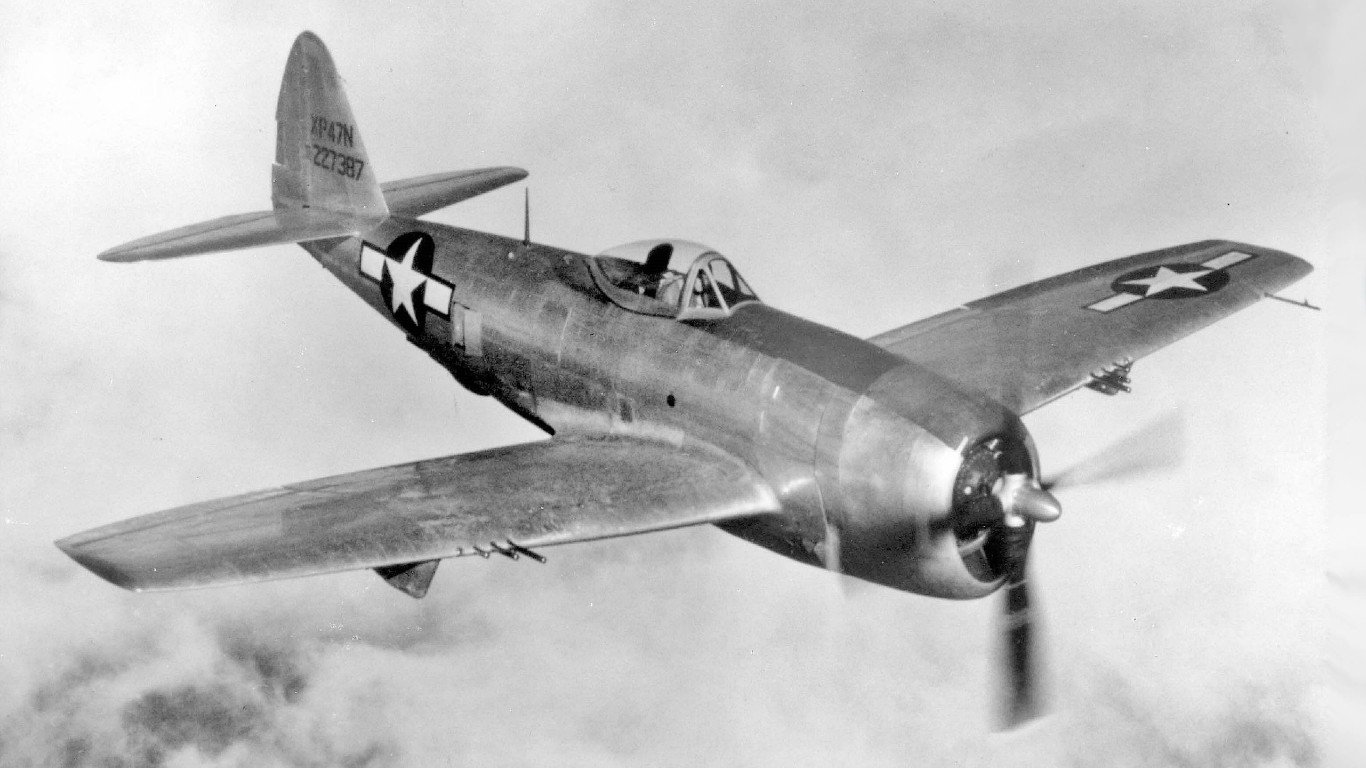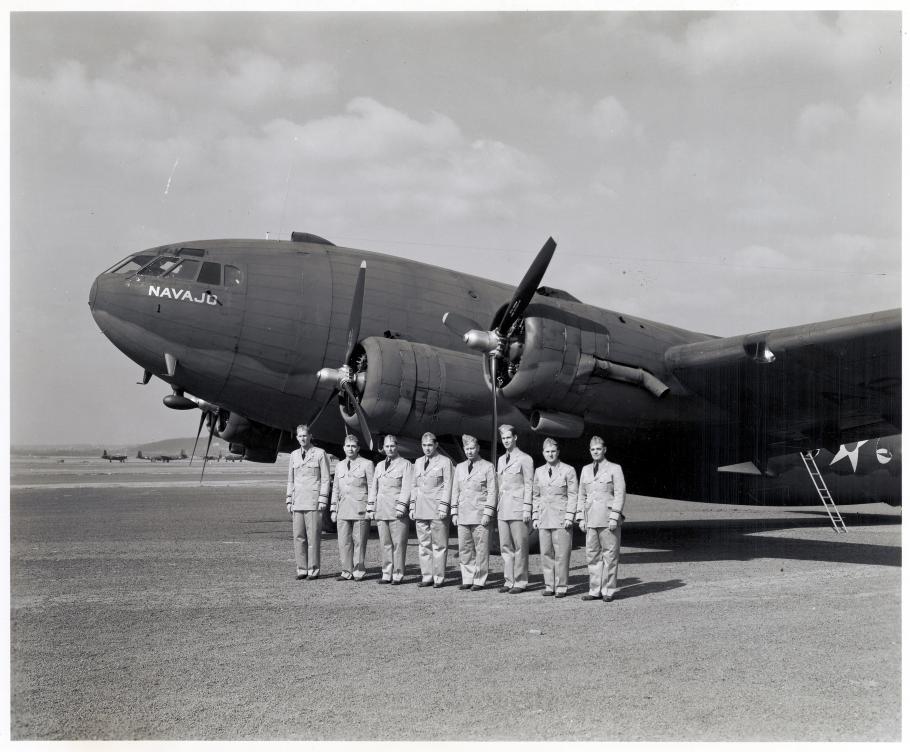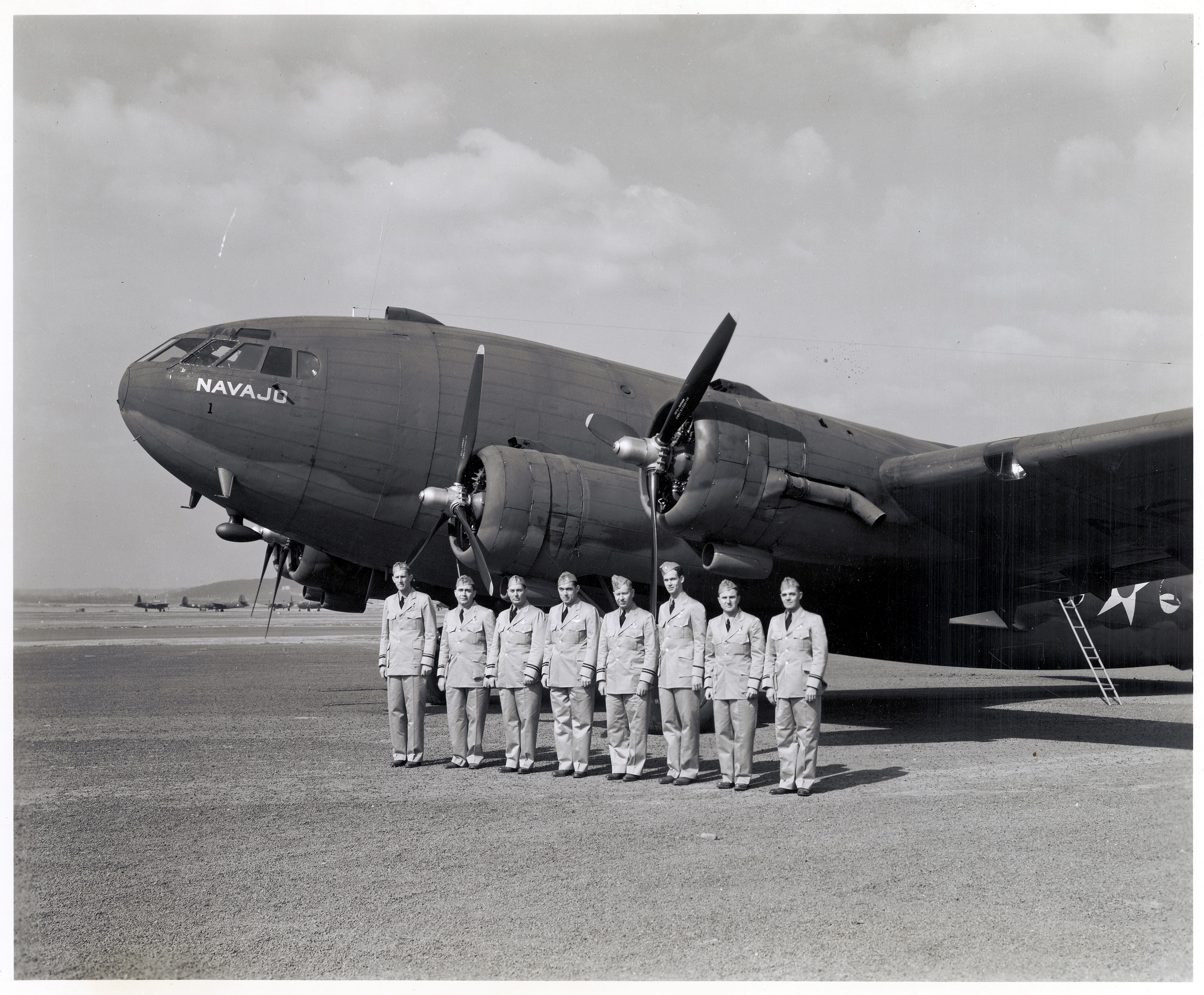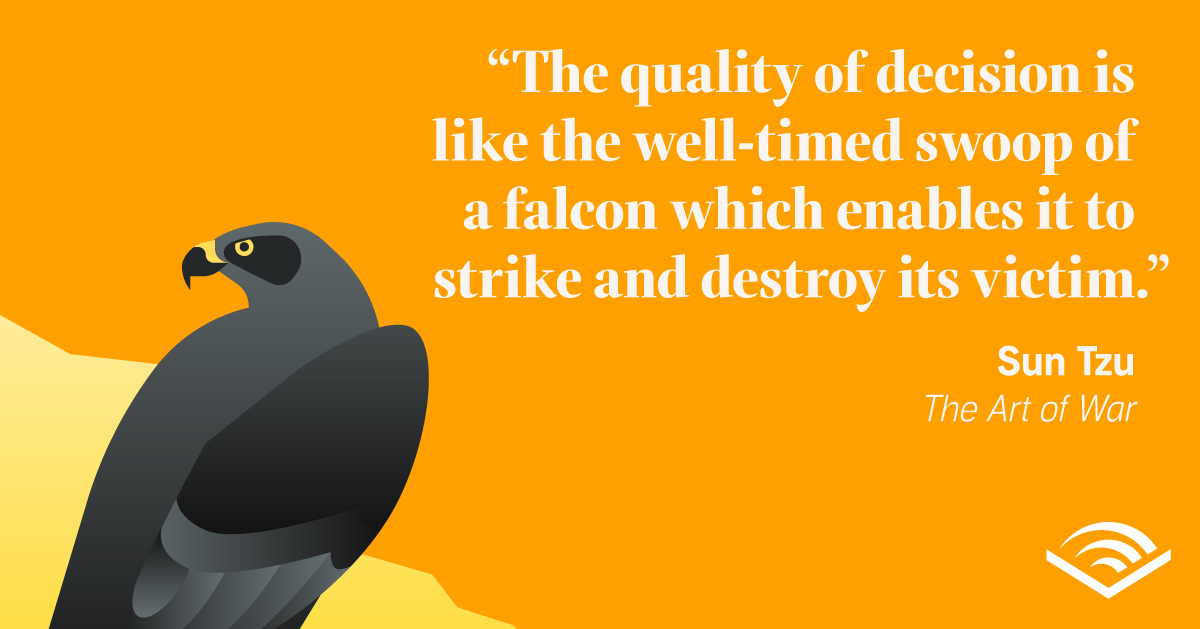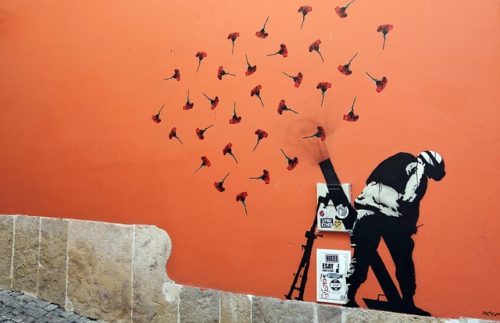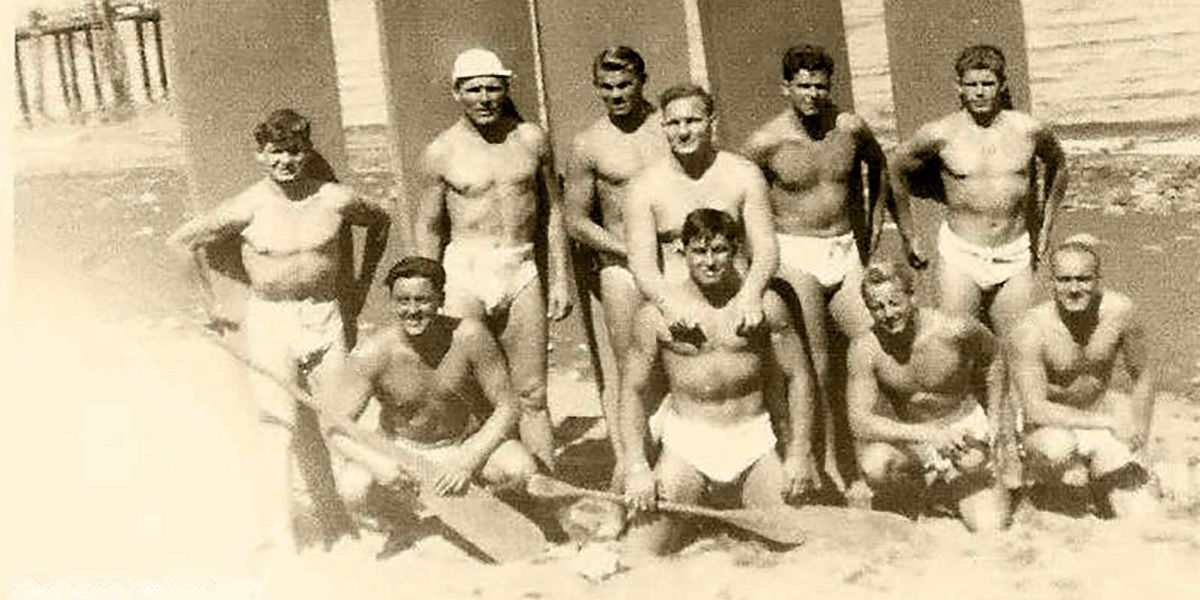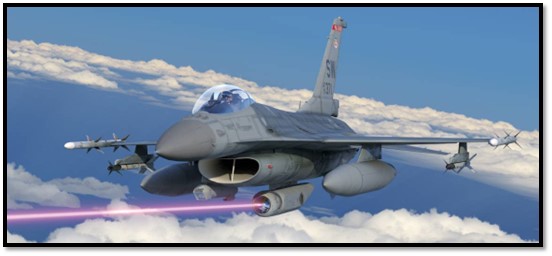Stryder50
Platinum Member
Yes, there is a useful book by that name and will look at it in a later post. For now, the focus is on "Tools of the Trade", or TradeCraft. Devices, knowledge, skills, methods etc. for conducting war and hopefully winning at it.
As an example and starter, this slide show linkage;
While humans have been fighting one another since as long as they’ve been humans, modern warfare began only about 5,000 years ago, during the age of chariots - antiquity’s version of the modern tank.
Chariots could only have been invented in ancient societies with governments and bureaucracies capable of developing and building them by the hundreds, as well as recruiting and training the soldiers that rode them into battle.
The chariot is the earliest example of how new military technology can upend previous methods of warfare. History is filled with such inventions or developments - innovations that changed the way wars are fought.
To identify 30 inventions that revolutionized combat, 24/7 Wall St. reviewed independent research from a variety of sources. These inventions were not always initially meant to be used in warfare, but when the technology was repurposed for military use, the technology forever changed the way wars were fought.
...
As an example and starter, this slide show linkage;
30 Inventions That Shaped Military History
...While humans have been fighting one another since as long as they’ve been humans, modern warfare began only about 5,000 years ago, during the age of chariots - antiquity’s version of the modern tank.
Chariots could only have been invented in ancient societies with governments and bureaucracies capable of developing and building them by the hundreds, as well as recruiting and training the soldiers that rode them into battle.
The chariot is the earliest example of how new military technology can upend previous methods of warfare. History is filled with such inventions or developments - innovations that changed the way wars are fought.
To identify 30 inventions that revolutionized combat, 24/7 Wall St. reviewed independent research from a variety of sources. These inventions were not always initially meant to be used in warfare, but when the technology was repurposed for military use, the technology forever changed the way wars were fought.
...
